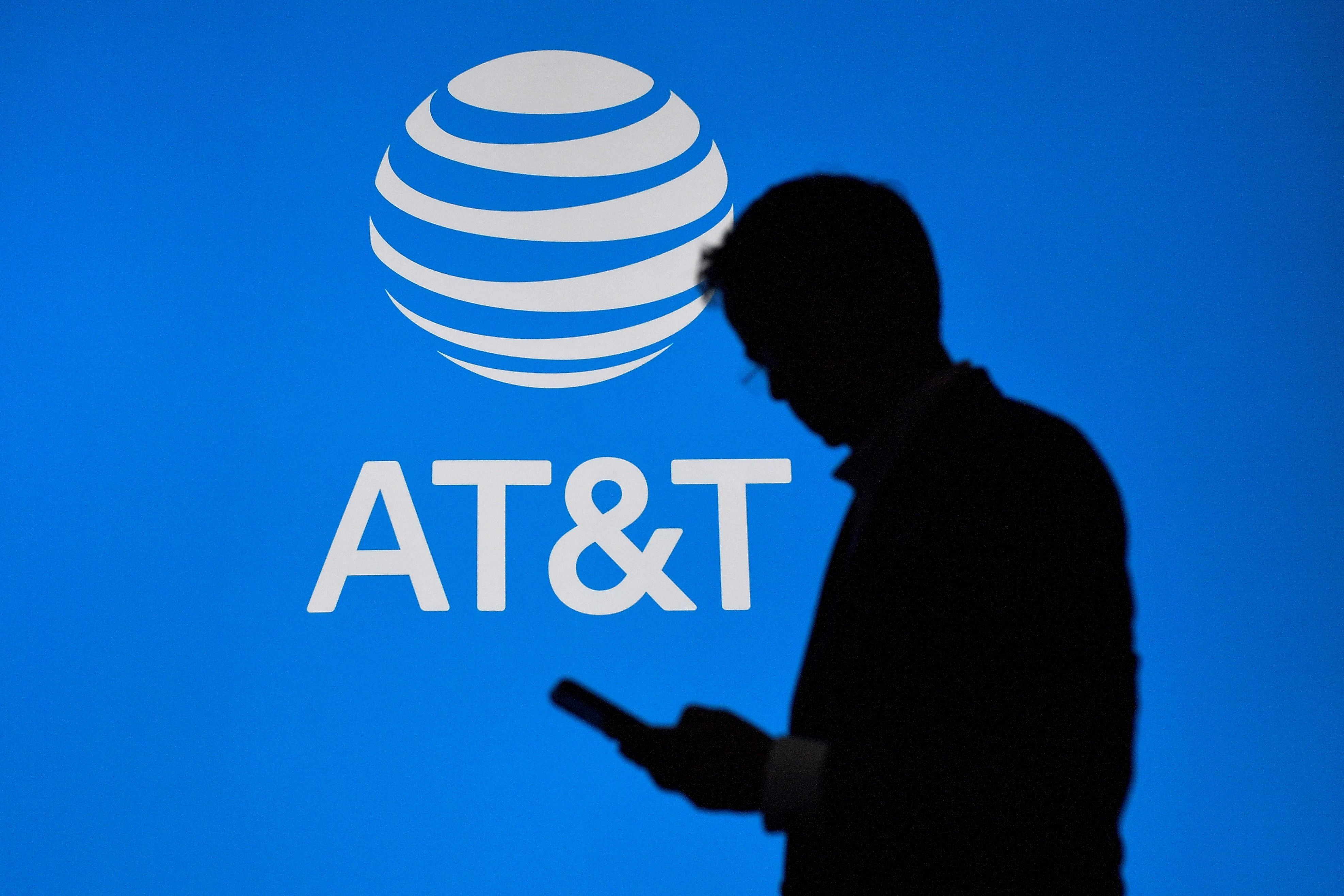
Just like its wireless-industry peer Verizon Communications the day before, AT&T failed to impress investors Wednesday with its latest quarterly earnings, delivering solid wireless subscriber growth amid largely downer earnings of 30 cents per share (vs. $3.20 a share in Q4 2022).
AT&T’s Q4 earnings release is available here. AT&T finished trading Tuesday down just under $3 a share.
Speaking to Yahoo News, also Tuesday, high-profile telecom-biz analyst Craig Moffett noted that AT&T, along with the rest of the wireless industry, hasn't grown faster than the rate of inflation in a decade.
Despite billions of dollars in associated investment, he noted, 5G hasn't produced explosive revenue results.
AT&T, Moffett said, “has largely finished building out its 5G network, as has its peers. But the question now is whether 5G will materialize as a real revenue driver. So far, it hasn’t. It’s been kind of a running-in-place kind of investment, and an expensive one at that.”
Moffett also kicked the tires of AT&T’s broadband convergence strategy — the concept of synergistic interplay between wireline fiber and wireless. Notably, AT&T added 67,000 ”Internet Air” fixed wireless access customers in Q4, giving it a total FWA base of 93,000.
Unlike T-Mobile and Verizon, however, AT&T views FWA as a complementary tool to fill in the coverage gaps of its wireline infrastructure, going where fiber cannot.
The problem? AT&T only has fiber in 25% of the country.
“If true convergence happens, cable operators are going to win the war,” Moffett said. “Cable operators can offer converged solutions everywhere and telephone companies can’t.”







